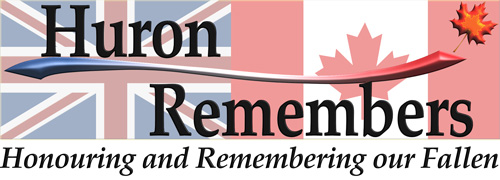Background: During 1915, the French Army established "forward psychiatry" to slow the loss of their troops to the base hospitals. The British soon followed. It was widely accepted as an productive intervention, forward psychiatry was not manageable to random-controlled trials and only one controlled outcome study has taken place.
Method: Shell shocked soldiers were admitted to hospitals. Once in hospital unit details were obtained, military experience was gathered, length of time in hospital was noted and the outcomes were scrutinized. The soldiers were placed in three groups which were combat, combat support and no combat troops. Admissions were matched with military operations which compared the impact of offensive warfare and non offensive warfare.
Results: Admissions to hospital from shell shock rose in a dramatic way during offensives. 50%+ had less than 9 months of service and 21% broke down within the first 90 days of being sent into battle. Less than 20% returned to combat units with most going to other hospitals, convalescent hospitals or base duties.
Conclusions: Forward psychiatry was not effective in returning combat troops to their units but, by assigning soldiers to support roles , it stopped men from being discharged. There were relapses and informs other routes soldiers used to get away from the combat area.
During WWI, the British stated that between 55%-90% treated for shell shock returned to their combat units.
As the Battle of the Somme took place in 1916 there was a manpower emergency and the British Army Medical Services, four forward psychiatry hospitals were established for the rapid treatment of shell shock. They were given the name of Not Yet Diagnosed Nervous Centres. They would promote the attitude of recovery. The British First & Second Armies used a single hospital that opened with 150 beds and by July 1917 it had 1,800 beds with most patients being diagnosed with shell shock.
The operations of the shell shock unit fell into two phases which were routine trench warfare and major offensives. These hospital coped with the low level of psychiatric casualties associated with defensive operations. As time passed and major battles and offensives took place the capacity increased at these facilities.
For most patients treatment involved rest, hot food along with a routine of graduated exercise which then led to route marches
A soldier's admission was for 25 days but some were much longer. the average of admission was 26 years of age with the youngest being 17 years and the eldest being 59 years. The majority of patients were privates at 83%, corporals were 12%, sergeants were 4% and warrant officers were 1%. The rank of a man did not prevent the symptoms of shell shock.
This picture is not complete because there is no data for officers as these were destroyed but it is a fact that officers received preferential treatment with the thinking being these men were more educated and more imaginative and carried a greater burden of responsibility. Officers tended to be moved to base units or invalided with a medical diagnosis to protect the name of the battalion or regiment. It is very unlikely that infantry and artillery officers were protected from trauma by their rank because their kill rate and wounded rate was much higher.
It was determined that those men evacuated back to the United Kingdom seldom returned to their units.
The published accounts of the psychiatry hospitals was an effective shell shock treatment but that the outcome statistics were not accurate and were misleading.


